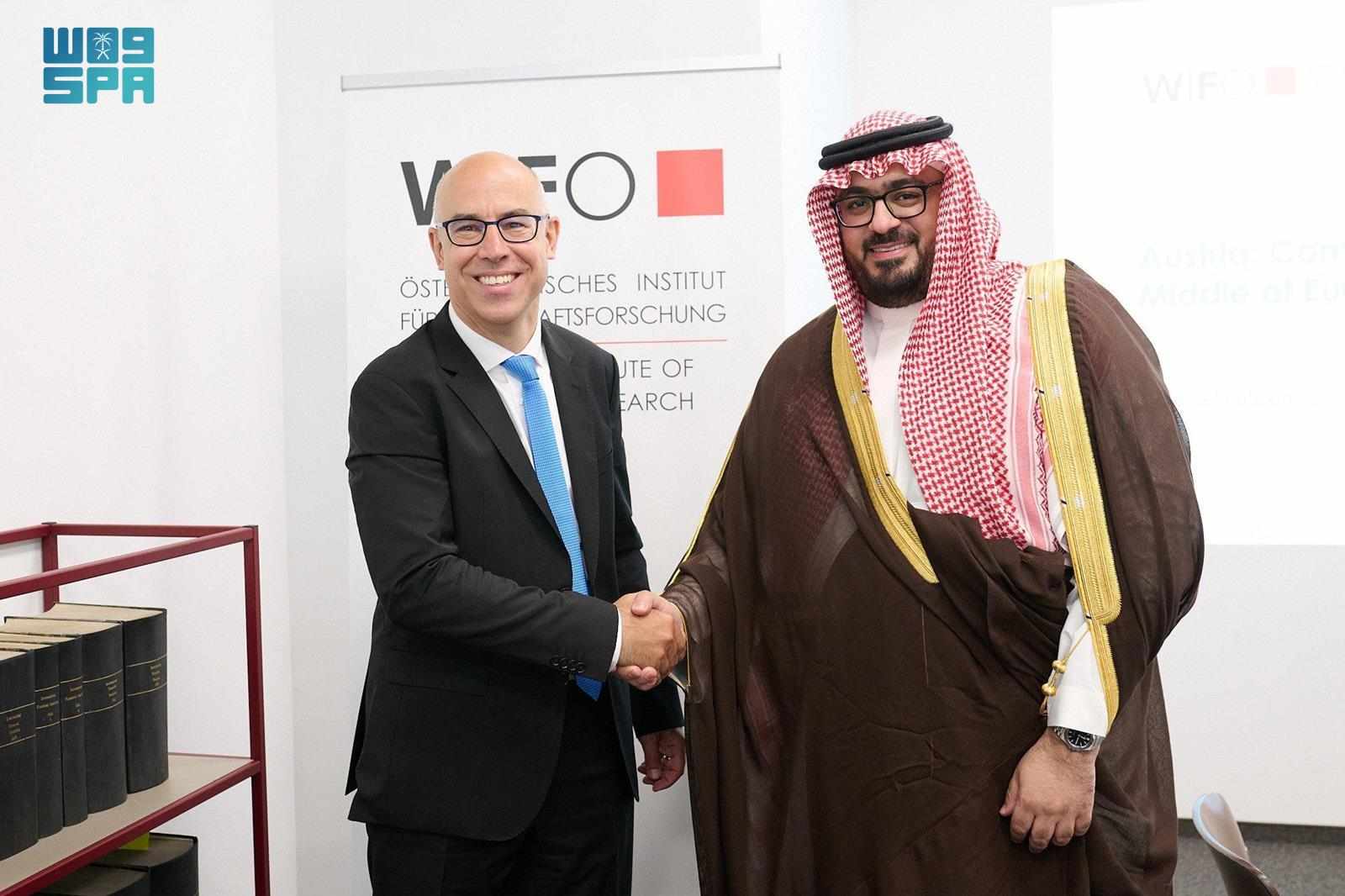Saudi Arabia’s economy 60% more resilient to oil market shocks as a result of Vision 2030 reforms
- Date: 28-Sep-2022
- Source: Zawya
- Sector:Financial Services
- Country:Saudi Arabia
Saudi Arabia’s economy 60% more resilient to oil market shocks as a result of Vision 2030 reforms
New KAPSARC study: Saudi Arabia’s GDP on course to become 60% more resilient to shocks by 2030 as a result of the new reforms brought about by Vision 2030 to diversify the economy.
Saudi household spending will be 40% less volatile than before the launch of Vision 2030.
This increase in economic resilience is critical to the Saudi economy, which has historically been heavily influenced by global oil prices.
Riyadh: Saudi Arabia’s economy, measured by total gross domestic product (GDP), is estimated to become 60% more resilient to oil price shocks by 2030, according to a new study by the King Abdullah Petroleum Studies and Research Center (KAPSARC). Vision 2030’s economic reforms will make Saudi households’ consumption 40% less volatile, stabilize economic activity, employment levels and household income, improving the overall well-being of households in the long-term.
The study, “Resilience of Saudi Arabia’s Economy to Shocks: Effects of Economic Reforms,” employs a KAPSARC model that mimics the economy's response to external shocks. It uses economic data - GDP, investment, and household income - before and after the implementation of Vision 2030’s economic reforms are completed, such as diversifying the economy away from oil. Ultimately, when simulating economic response, the lower it is to external




















